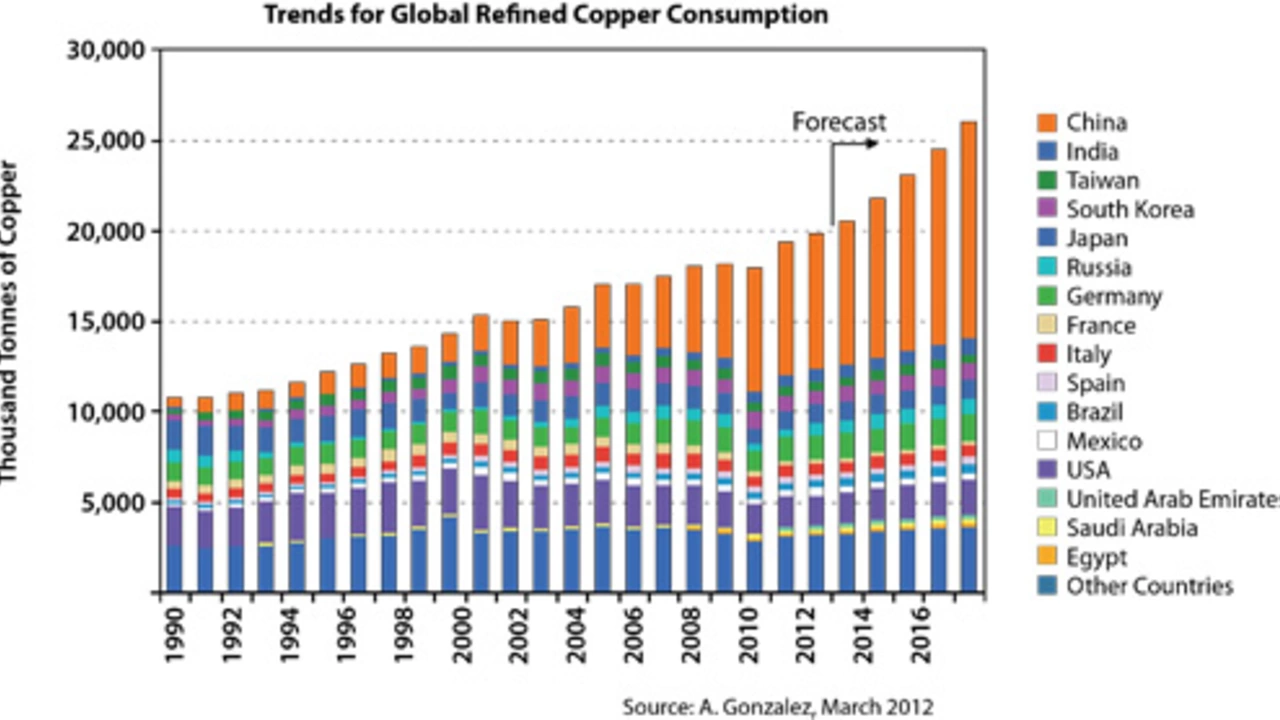Country Comparison: Quick Facts on India, Australia and More
If you’re scrolling through news and wonder how India stacks up against Australia, you’re not alone. Readers often ask about climate, culture, economy, and even daily life. In this guide, we break down the biggest gaps and the surprising similarities, so you can get a feel for each country without digging through endless articles.
India vs Australia: The Big Picture
First off, size matters. India covers about 3.3 million km², while Australia spreads over 7.7 million km²—more than double. Population flips the script: India houses over 1.4 billion people, making it the second‑most‑populous nation, whereas Australia has just around 26 million. This means crowded cities in India versus wide‑open spaces in Australia.
Economically, both are growing, but in different ways. India’s GDP is driven by services, IT, and a massive manufacturing base. Australia leans heavily on mining, agriculture, and tourism. When you look at per‑capita income, Australia tops the chart with a higher standard of living, while India’s average is lower but climbing fast thanks to a youthful workforce.
Cultural vibes are worlds apart, too. India bursts with festivals—Diwali, Holi, countless regional celebrations—while Australia’s calendar highlights holidays like Australia Day, Anzac Day, and a laid‑back beach culture. Food also tells a story: Indian cuisine is spice‑heavy, diverse across states, whereas Australian fare mixes British roots with fresh seafood and multicultural influences.
Spotlight on Indian States: Why Uttar Pradesh Stands Out
Within India, states can feel like separate countries. Take Uttar Pradesh (UP), for example. It’s the most populous state, home to over 200 million people. UP boasts two holy cities—Varanasi and Lucknow—making it a cultural powerhouse. Yet it also grapples with challenges like infrastructure strain and education gaps.
When you compare UP to a whole nation like Australia, the contrast is stark. UP’s GDP per capita is far lower than Australia’s national average, but the state’s cultural heritage, historic sites, and sheer human diversity are unmatched. Understanding these internal differences helps you see why a “country comparison” isn’t just about borders—it’s about the nuances inside them.
So, how do you do a quick comparison in practice? Start with three pillars: size & population, economy & income, and culture & lifestyle. Grab a reliable source—World Bank data for economics, census reports for demographics, and travel guides for cultural insights. Then line up the numbers side by side. You’ll instantly see where the gaps widen and where they narrow.
Remember, every comparison has a purpose. Whether you’re planning a trip, considering study abroad options, or just feeding a curiosity, focusing on the most relevant factors saves time and avoids information overload. For instance, if you care about job opportunities in tech, India’s booming IT sector is a key point. If you’re after quality of life and outdoor activities, Australia’s high per‑capita income and pristine coastlines take the lead.
Finally, keep an eye on updates. Economic data changes yearly, and cultural trends evolve. Bookmark reliable news sites—like India Live News Insider—to stay in the loop. With the right basics and fresh info, you’ll always have a clear picture of how countries and states match up.
Enjoy exploring the world, one comparison at a time!

Is India a better country than China?
Assessing whether India is better than China isn't a straightforward task, as it's subjective and depends on various factors. Economically, China is ahead, but India excels in terms of democracy and freedom of speech. China's infrastructure and technological advancements are commendable, but India's cultural diversity and democratic fabric are equally admirable. It's crucial to appreciate both nations' strengths and understand that each has its unique path of development. In the end, the 'better' country is really a matter of perspective and priorities.